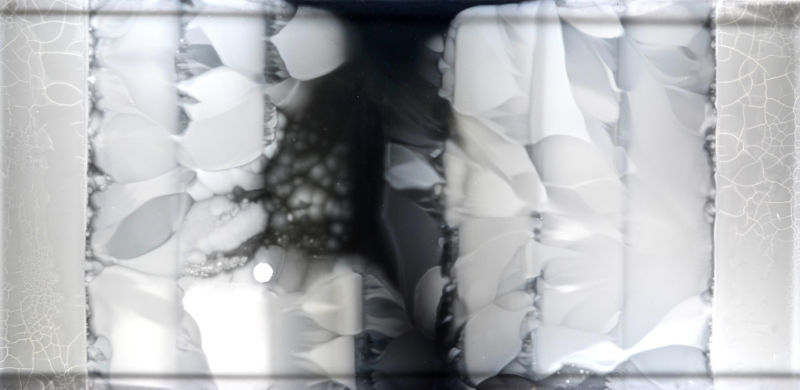Evolution: The Movie, courtesy of a really big Petri dish
Ars Technica » Scientific Method 2016-09-18

Enlarge / Evolution in action, as distinct lineages leave traces while they expand into new habitats. (credit: Harvard Medical School)
For most species we see, evolution is a slow process, requiring generations to show its effects. But the species we can't see—bacteria and other microbes—can go through dozens of generations in a single day. For them, evolution can be a rapid process, as antibiotic resistance has made us painfully aware.
That's why researchers often use bacteria to study evolutionary processes. In perhaps the most famous experiment, a single lab has now sent E. coli through tens of thousands of generations of competing with each other for limited resources and has tracked the resulting changes on the DNA level.
But evolution isn't always a constant competition of all against all, as takes place in these experiments. Instead, you get migrations and exploitation of new habitats, allowing rare founders to spawn entire populations. Now, a research team has figured out a nice way to study founder dynamics in a bacterial culture and has consequently allowed the branching of evolutionary lineages to be watched like a movie.